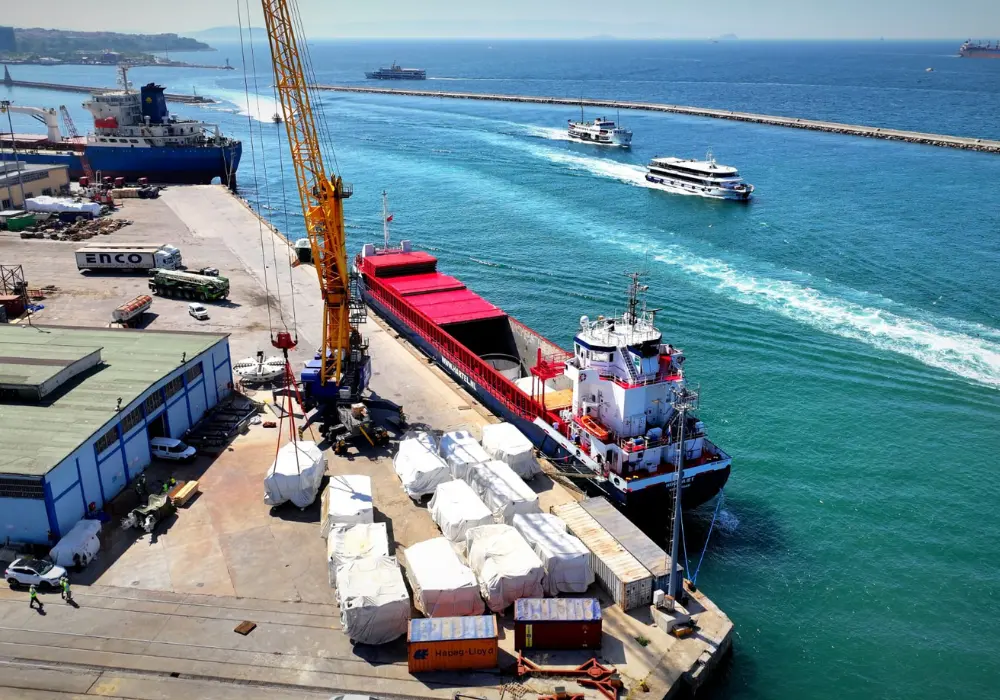Lashing services ensure the safety of cargo during transportation by securely fastening the load. Load analysis and planning are critical components of lashing services, where the necessary steps are taken to ensure that loads are safely and evenly secured. This process is tailored according to the characteristics of the cargo, the structure of the transport vehicle, and the transportation route.

Load analysis is the process of examining the physical and dynamic characteristics of the cargo to be transported. This analysis includes:
- Weight and Dimensions of the Load: The basic physical properties of the load, such as weight, length, width, and height, are determined. This information is crucial for selecting the appropriate transport vehicle capacity and lashing equipment.
- Weight Distribution: The center of gravity of the load is calculated, and any imbalance in loading is checked. Weight distribution should be balanced to minimize the risk of tipping or shifting during transport.
- Structure and Shape of the Load: The shape and structural features of the load determine which lashing equipment will be used. For instance, irregularly shaped loads may require special fastening methods.
- Dynamic Loads: Dynamic forces that may occur during transport, such as acceleration, deceleration, turning, or wave movements in marine transport, are considered.
After load analysis, a lashing plan is created, detailing all necessary steps to ensure the safe transport of the load:
- Equipment Selection: The lashing equipment (ropes, chains, straps, etc.) is selected based on the load characteristics, the structure of the transport vehicle, and the transportation route.
- Determination of Lashing Points: The points where the load will be secured are identified. These points are crucial for maintaining the balance of the load and preventing movement.
- Connection Methods: The methods for securing the load and the lashing techniques to be used are planned. For example, cross lashing, direct lashing, or combined methods may be preferred.
- Safety Margins: Safety margins are established for unexpected situations during transport. This may involve selecting lashing equipment with a slightly higher capacity.
- Inspection and Control: After the lashing process is completed, the tightness of the connections, the suitability of the equipment, and the correct implementation of the plan are checked. Corrections are made if necessary.
- Requires Expertise: Load analysis and lashing planning should be carried out by experienced professionals. Faulty planning can lead to serious accidents.
- Proper Equipment Usage: The correct selection and use of lashing equipment are essential for the safe transportation of the load.
- Compliance with Legal and Technical Standards: All lashing operations should be carried out in accordance with international and local laws and technical standards.
- Continuous Monitoring: The condition of the loads should be continuously monitored during transport, and intervention should be made if necessary.
Load analysis and planning are among the most critical phases of lashing services, ensuring the safe transportation of cargo. Proper analysis and planning help ensure that loads reach their destination without damage and without causing harm to the environment.
